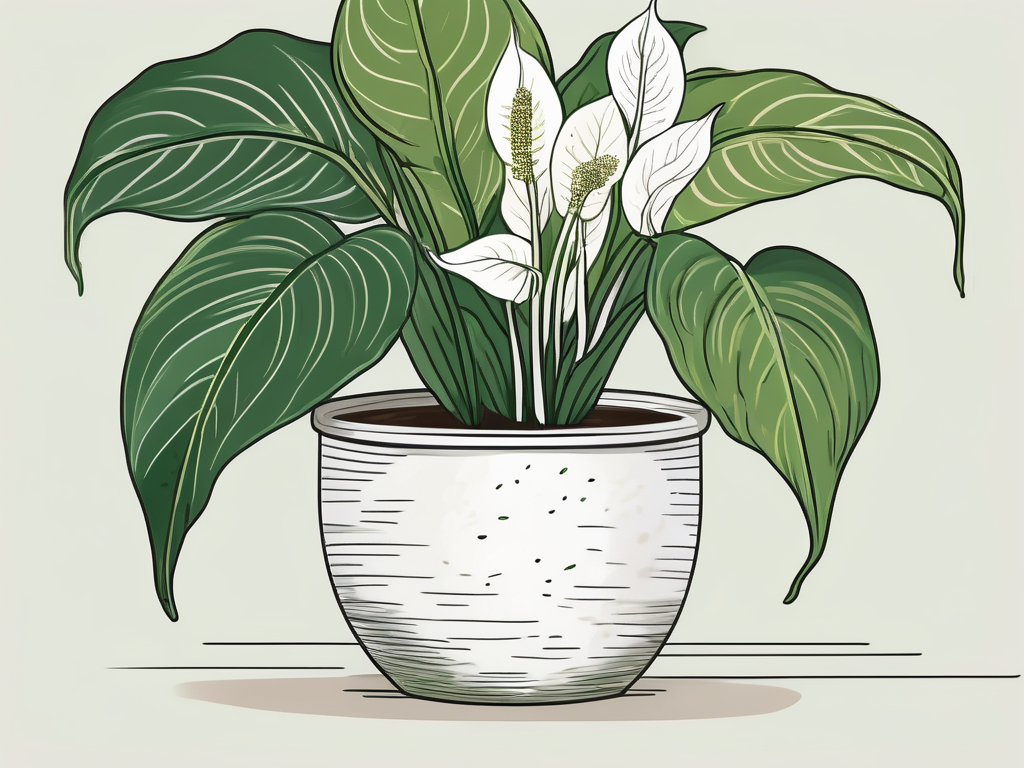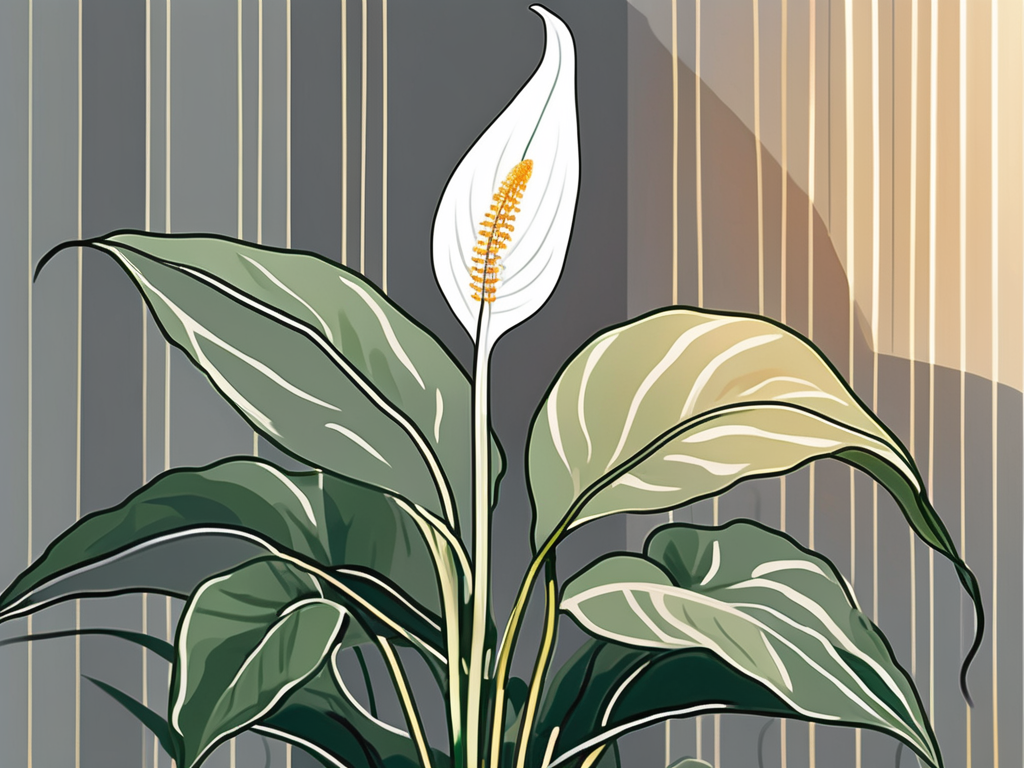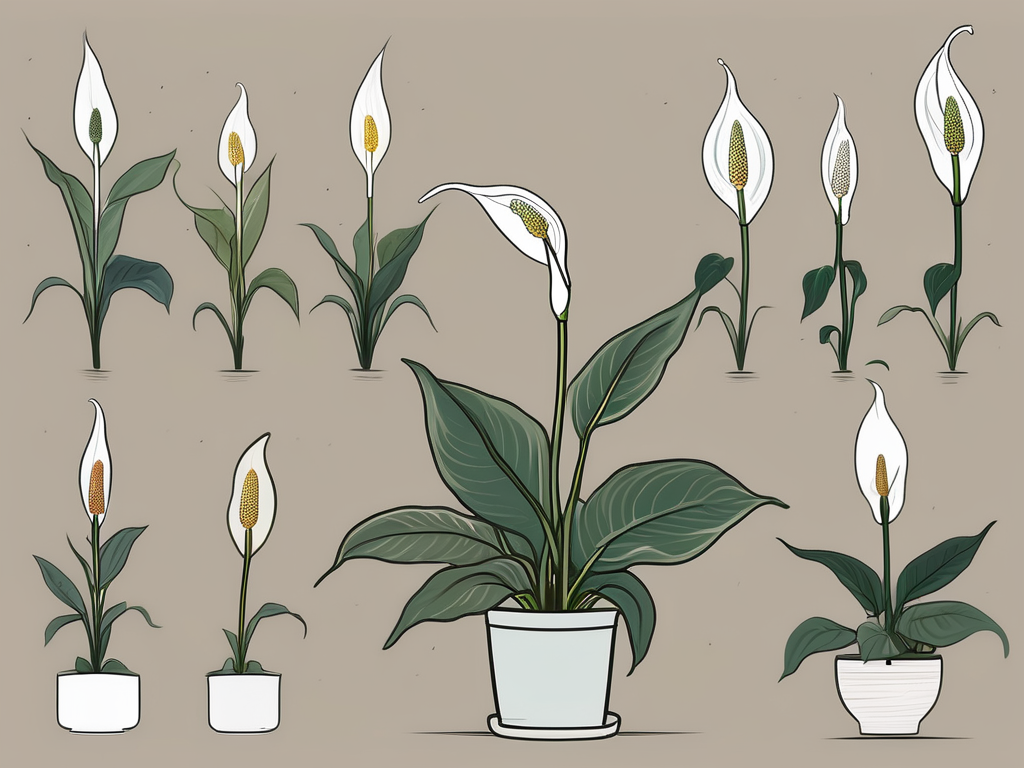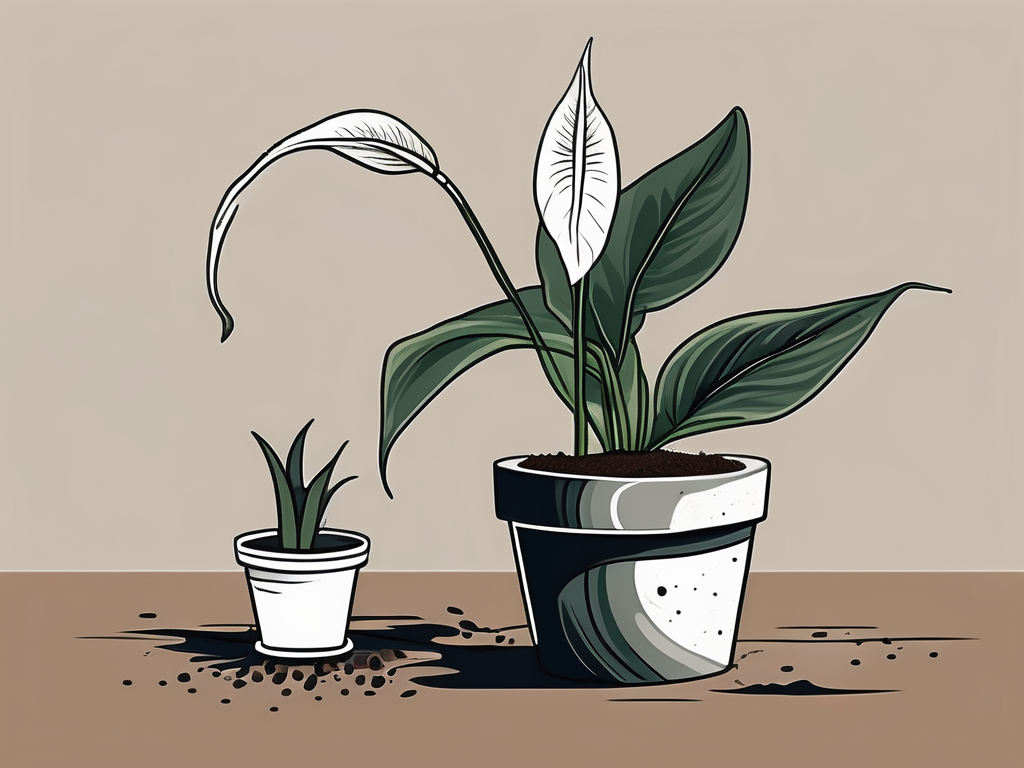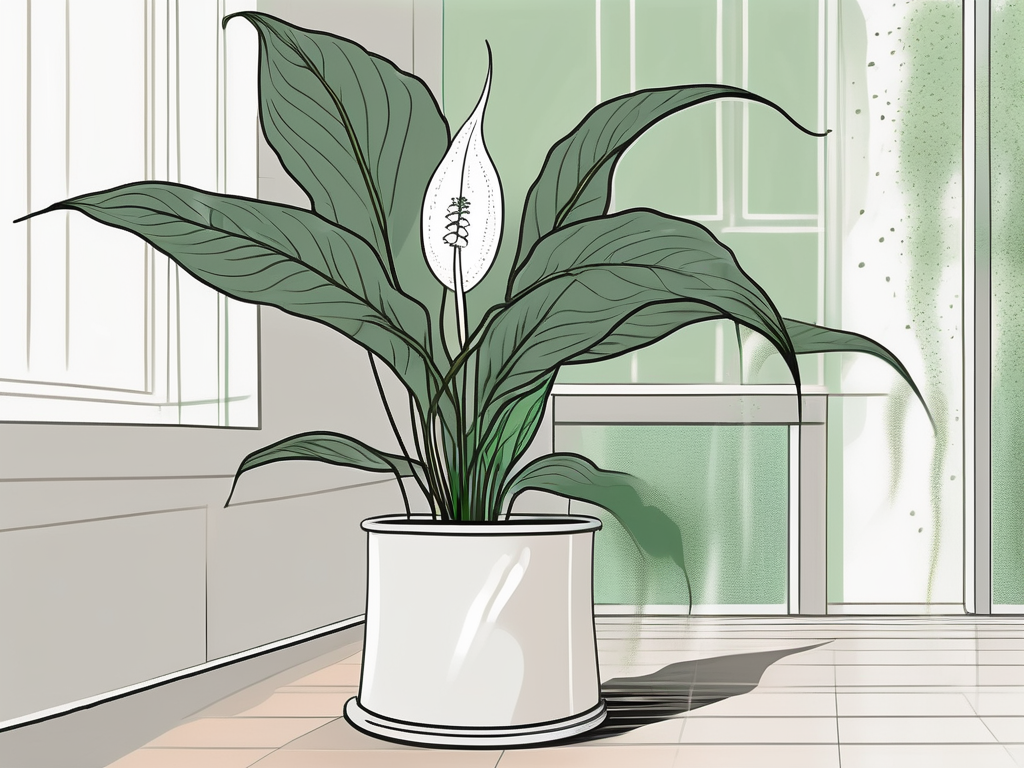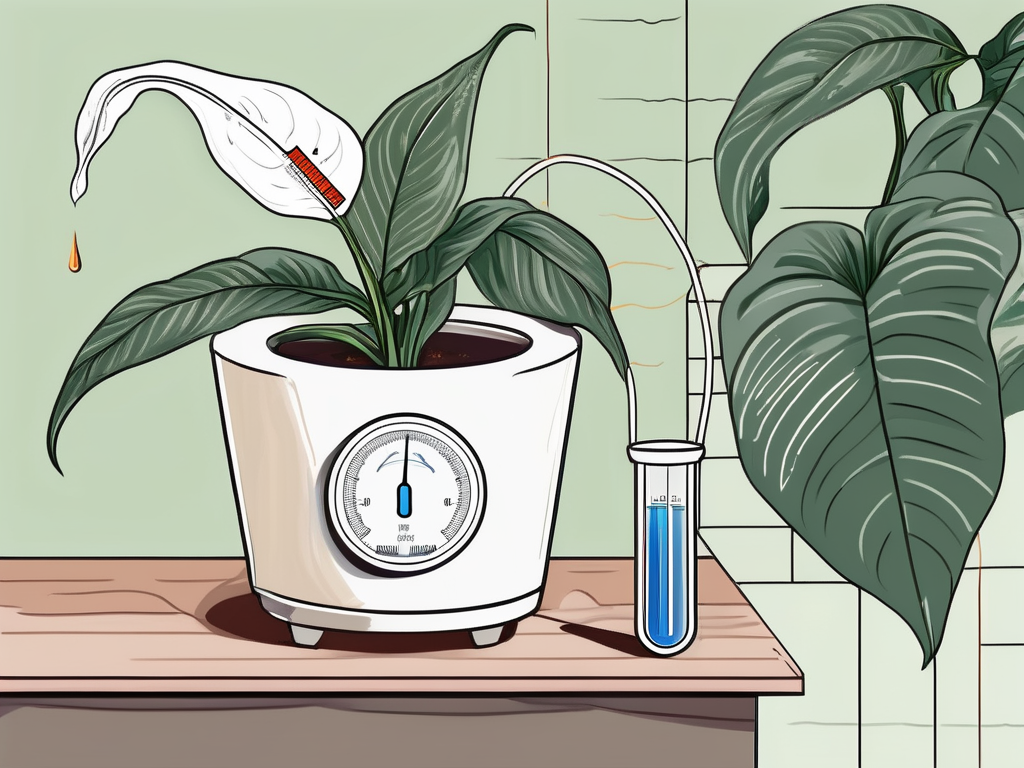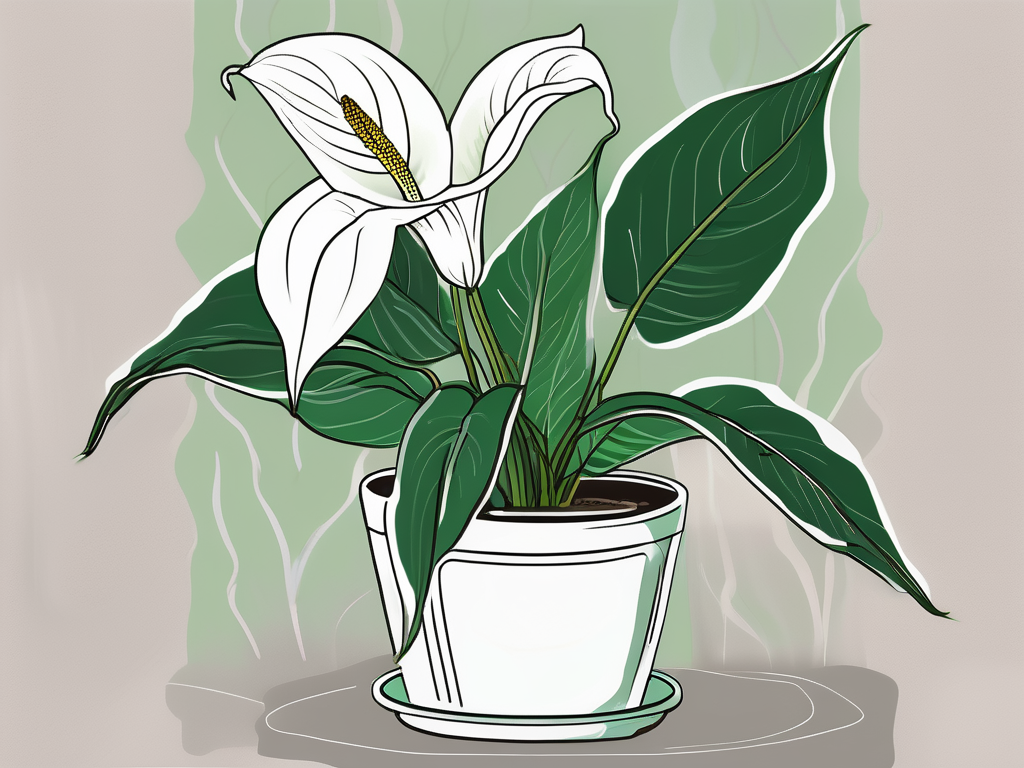
Peace lilies are the divas of the plant world. They’re elegant, graceful, and just a tiny bit fussy when it comes to their care, especially with humidity. If you’ve ever struggled with brown tips or drooping leaves, it might not be your fault—your peace lily could just be thirsty for some moist air.
Today, we’ll chat about why humidity is so important for peace lilies and how to keep these beauties happy. We’ll dive into what makes humidity such a vital aspect of their care, and I’ll share some tips and tricks to create a more suitable environment for your leafy friend. Let’s get started!
Why Humidity Matters for Peace Lilies
Peace lilies are native to tropical rainforests, where the air is naturally humid. Imagine them lounging in their natural habitat, surrounded by a thick canopy of trees, sipping on the moisture in the air. In our homes, though, things are a bit different. The air can be dry, especially during winter when heating systems are on full blast. This lack of humidity can leave your peace lily feeling parched and might lead to some unhappy leaves.
When we talk about humidity, we’re referring to the amount of water vapor present in the air. Peace lilies thrive in humidity levels of around 50-60%. If that seems high, it’s because it is! Most homes have humidity levels closer to 30-40%, which is more comfortable for us humans but not so much for our tropical plants. Without the right humidity, your peace lily might show signs of stress like brown leaf tips or wilting.
So, why does humidity matter so much? Well, plants like peace lilies lose moisture through a process called transpiration. When the air is dry, they lose moisture more quickly. This can result in dehydration and stress. By maintaining a higher humidity level, you’re helping your peace lily retain moisture and stay healthy.
Signs Your Peace Lily Needs More Humidity
Peace lilies are pretty good at letting you know when they’re unhappy. Here are some common signs that your plant might be craving more humidity:
- Brown leaf tips: One of the most obvious signs of low humidity is browning at the tips of the leaves. This can also be a sign of over-fertilization, but if you’re sure you’re not overdoing it on the plant food, it’s likely a humidity issue.
- Drooping leaves: A droopy peace lily might be thirsty, but if you’re watering regularly, it could also be a sign that the air is too dry.
- Yellow leaves: While yellow leaves can be a sign of various issues, including overwatering or lack of nutrients, low humidity can also play a role.
If you notice any of these signs, it might be time to up the humidity for your peace lily. But don’t worry—there are plenty of simple ways to do this.
Simple Ways to Increase Humidity
Boosting the humidity around your peace lily doesn’t have to be complicated. Here are some easy methods to try:
- Misting: Give your peace lily a gentle misting with water every few days. This mimics the natural moisture they’d get in a rainforest. Just be sure not to overdo it, as too much water on the leaves can lead to fungal issues.
- Humidifier: Invest in a small humidifier for the room where your peace lily lives. This is especially helpful during the winter months when indoor air tends to be drier.
- Grouping plants together: Plants naturally release moisture into the air, so clustering your plants can create a pocket of higher humidity.
- Water tray: Place a shallow tray filled with water and pebbles under your plant. As the water evaporates, it will increase the humidity around your peace lily.
These methods are easy to implement and can make a big difference in the health and happiness of your plant.
Creating the Perfect Environment
While humidity is crucial, it’s not the only factor to consider when caring for your peace lily. Let’s make sure all its needs are met for a thriving plant:
- Light: Peace lilies prefer bright, indirect light. Too much direct sunlight can scorch their leaves, while too little light can lead to poor growth and fewer blooms.
- Water: Keep the soil consistently moist, but not soggy. Overwatering can lead to root rot, so be sure to let the top inch of soil dry out between waterings.
- Temperature: Peace lilies enjoy temperatures between 65-85°F (18-29°C). Avoid placing them near drafty windows or heating vents.
By creating the ideal environment, you’re setting your peace lily up for success.
Using Technology to Monitor Humidity
If you’re a gadget lover, you might be interested in using technology to help monitor and maintain humidity levels. There are several tools available that can make this task easier:
- Hygrometer: This handy device measures the humidity level in your home. It’s a simple way to monitor conditions and make adjustments as needed.
- Smart humidifiers: Some humidifiers can be controlled via smartphone apps, allowing you to adjust settings remotely. This is perfect for keeping an eye on humidity levels even when you’re not home.
- Smart plant sensors: These sensors can provide real-time data on humidity, soil moisture, and light levels. They’re a great way to gain insights into your plant’s environment and make informed decisions about its care.
While these tools are not necessary, they can certainly make caring for your peace lily a bit easier and more fun.
Common Mistakes to Avoid
When it comes to humidity, there are a few common mistakes that plant people often make. Let’s look at some of these pitfalls so you can avoid them:
- Over-misting: While misting can be beneficial, it’s important not to overdo it. Too much moisture on the leaves can lead to issues like fungal infections.
- Ignoring drafts: Drafts from windows or air conditioning units can dry out the air quickly, so be mindful of where your peace lily is placed.
- Inconsistent care: Peace lilies thrive on consistent care. If you’re constantly changing their environment, they might struggle to adapt.
By being aware of these common mistakes, you can create a more stable and comfortable environment for your plant.
Humidifying Your Home Naturally
If you’re looking for more natural ways to increase humidity, there are a few tricks you can try that don’t involve gadgets or devices:
- Boil water: Boiling water on the stove can release moisture into the air, especially if you do it regularly.
- Open the bathroom door: After a hot shower, leave the bathroom door open to let the steam circulate in your home.
- Hang clothes to dry: Allowing clothes to air dry inside releases moisture into the air, naturally increasing humidity.
These methods are simple and can easily be incorporated into your daily routine.
How Seasons Affect Humidity
It’s important to remember that the time of year can greatly affect humidity levels in your home. During the summer, humidity levels are naturally higher due to warmer temperatures. However, in the winter, indoor heating can dry out the air significantly.
To combat seasonal changes, you might need to adjust your care routine. In winter, consider using a humidifier more frequently or try the natural methods mentioned earlier. In summer, you might not need to do much at all, as the ambient humidity could be just right for your peace lily.
Being aware of how seasons impact humidity can help you make better decisions for your plant’s care.
Final Thoughts
In wrapping up, humidity plays a vital role in the health of your peace lily. By understanding its needs and making a few adjustments, you can ensure your plant stays vibrant and healthy.
At Cafe Planta, we’re passionate about helping you succeed in your plant journey. Whether you’re looking for new plants, care accessories, or just some friendly advice, we’re here for you. If you have any plant care questions, feel free to email us or send us a message on Instagram. Let’s grow together!













